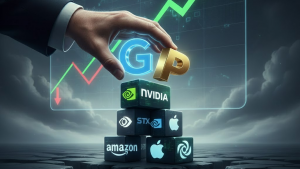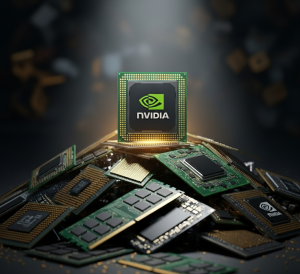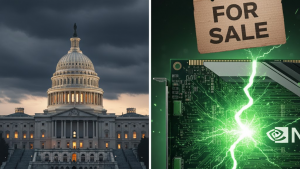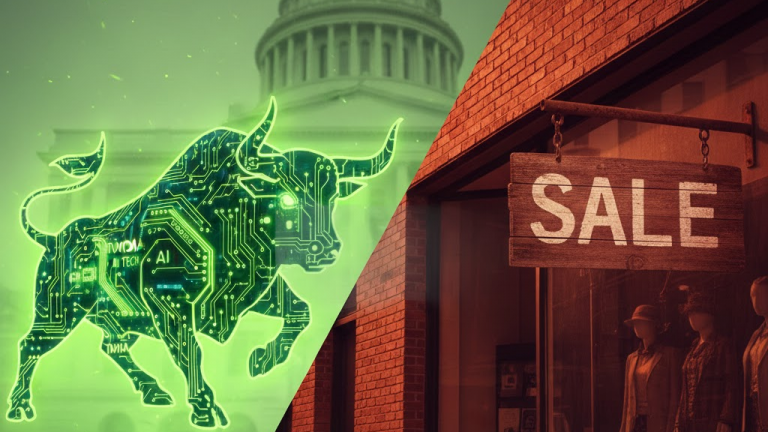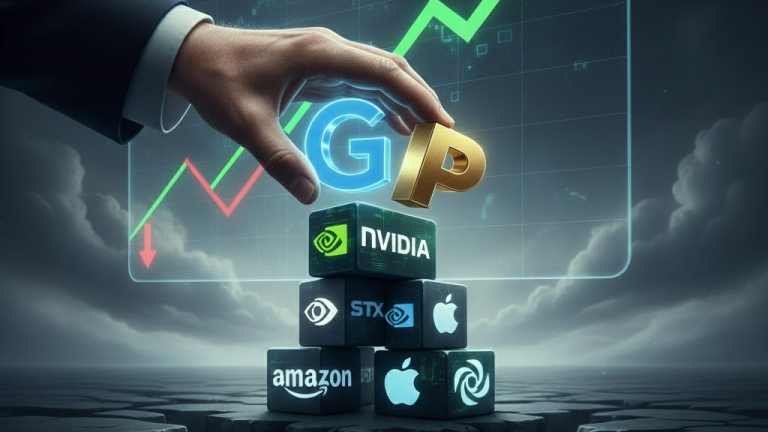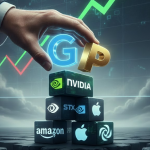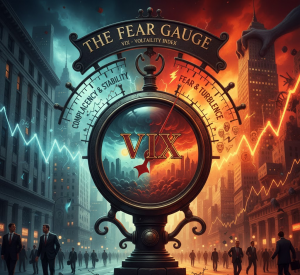The Closing Bell – October 29, 2025
The Day’s Narrative: Caution Creeps Back Into Wall Street’s Rally
Wall Street ended Wednesday in a hesitant mood, as the Federal Reserve’s mixed message on interest rates collided with another euphoric milestone in the artificial-intelligence boom. The S&P 500 finished nearly unchanged, the Dow Jones Industrial Average slipped modestly, and the Nasdaq Composite managed to notch yet another record close, its fourth in a row.
At the center of the day’s story was the Federal Reserve. The central bank lowered its benchmark rate by a quarter of a percentage point, to a range of 3.75%–4.00%, marking a continued pivot toward looser monetary conditions. Yet Chair Jerome Powell quickly poured cold water on the market’s optimism, stressing that a December cut was “far from a foregone conclusion.” The Fed, he noted, remains “data-dependent”, but the irony is that much of that data hasn’t been released, thanks to delays tied to the recent government shutdown.
The message was clear: while the Fed may be easing, it’s not surrendering to Wall Street’s wish list. Yields on Treasurys jumped and the U.S. dollar strengthened, as traders trimmed expectations of a year-end policy follow-through. In other words, markets are still fighting the Fed, and the Fed hasn’t blinked yet.
But there was no stopping the juggernaut that is Nvidia Corporation. The chipmaker soared past a jaw-dropping $5 trillion market capitalization, becoming the world’s most valuable public company. That surge, powered by global demand for AI infrastructure and new orders from hyperscale data-center operators, gave the Nasdaq a lift even as the rest of the market lagged.
Still, beneath the glitter of mega-cap tech, the broader market looked tired. Sector breath was narrow, meaning most stocks failed to join the rally. Industrials, small caps, and financials ended the day lower, as investors weighed higher borrowing costs and global trade uncertainty. That kind of divergence often signals a late-cycle dynamic: a rally led by fewer and fewer names as confidence in the broader economy starts to wane.
Why does all of this matter? Because it underscores the uneasy balance between hope and reality that defines the 2025 market narrative. The Fed’s cautious tone shows it’s not ready to declare victory over inflation, even as economic data begins to soften. Meanwhile, the tech sector’s gravitational pull is keeping indices afloat, but at the risk of masking weakness elsewhere. This is a market that wants to believe in both lower rates and relentless innovation. The question, as always, is which story will last longer.
Key Market Catalysts:
The Fed’s cautious rate cut: The Federal Reserve’s quarter-point rate cut was widely anticipated, but Chair Jerome Powell’s tone was what moved markets. While the move signaled continued support for the economy, Powell’s reminder that another cut in December is “not a foregone conclusion” quickly tempered risk appetite. In effect, the Fed told investors: we’re easing, but we’re not on autopilot. That subtle shift rattled bond markets, sent Treasury yields higher, and nudged the dollar up against major peers.
Nvidia’s $5 trillion moment: Nvidia Corporation became the first company ever to breach the $5 trillion market-cap milestone, a symbolic and psychological event for investors who have ridden the AI wave for more than a year. The company’s stock surged as analysts highlighted surging demand for next-generation GPUs and AI-driven data-center expansion. For the Nasdaq, Nvidia’s rise was more than symbolism: it accounted for a disproportionate share of the index’s gains.
Dollar and yields reassert strength: The Fed’s mixed message gave the U.S. dollar a lift, with the DXY index climbing to its highest level in nearly three weeks. Treasury yields followed suit, particularly on the 10-year note, as traders unwound bets on multiple near-term cuts. For equity investors, higher yields are a two-edged sword — they make bonds more attractive relative to stocks and increase discount-rate pressures on future corporate earnings.
Diverging corporate performance: Earnings season continued to deliver a split screen. Tech giants continued to outperform expectations, while industrials, small-cap names, and consumer cyclicals showed fatigue. The lack of broad participation reinforced concerns about market breadth, a measure of how many stocks are actually moving higher, raising the risk that the rally rests on an increasingly narrow base.
The Debate (The Bull vs. Bear Case):

The Bull Case: Optimists see Wednesday’s mixed finish as a healthy breather in an otherwise resilient market narrative. The Federal Reserve’s latest rate cut, though paired with a cautious message, reaffirmed that policymakers are prepared to cushion any economic softening. For bulls, that flexibility keeps liquidity flowing and valuations supported.
Meanwhile, Nvidia’s historic surge past $5 trillion symbolized the staying power of the AI boom, which continues to drive investment in chips, data centers, and cloud infrastructure. To them, this is not a speculative mania but a structural transformation that will anchor corporate profits for years to come. With earnings from mega-cap tech firms still surprising to the upside and inflation slowly easing, bulls argue the economy retains enough momentum to sustain equity gains even if rate cuts slow.

The Bear Case: Skeptics counter that the market’s foundation is becoming dangerously narrow. A handful of AI-driven giants are powering the indices higher while smaller-cap and cyclical names lag behind, a pattern that often precedes reversals.
The Fed’s insistence that another cut in December is “not a foregone conclusion” only sharpens that risk: if the economy weakens and the Fed holds firm, investors may face the worst of both worlds, slower growth and tighter conditions. Rising Treasury yields and a stronger dollar are already pressuring valuations, especially in rate-sensitive sectors. Bears warn that this rally rests more on liquidity and momentum than on broad-based fundamentals, and that the gap between Wall Street’s optimism and Main Street’s slowdown may soon become impossible to ignore.
Next Session Outlook
After a volatile midweek session dominated by the Fed and Nvidia, Thursday’s trade will pivot toward data and depth, whether fresh numbers and sector moves can broaden the rally beyond the AI elite. Investors will be parsing upcoming jobless-claims and manufacturing reports for clues about how much economic momentum remains under the surface. The absence of clear labor and inflation data, delayed by the recent government shutdown, leaves policymakers and traders alike flying partly blind, which could magnify any surprise.
Market watchers will also keep an eye on Treasury yields and the U.S. dollar, both of which surged after Powell’s press conference. Sustained strength there could tighten financial conditions faster than the Fed intends, testing risk appetite. Meanwhile, with Apple and Amazon set to report later this week, the next 24 hours will determine whether the rally can expand beyond Nvidia’s gravity, or whether Wall Street remains a one-engine market coasting on AI fumes.
Disclaimer: This article is for informational purposes only and does not constitute financial, investment, or legal advice. The information provided is a synthesis of publicly available data and expert analysis and should not be considered a recommendation to buy or sell any security. Investing in the stock market involves risk, including the possible loss of principal. Past performance is not indicative of future results. Readers should consult with a qualified financial advisor to determine an investment strategy that is suitable for their own personal financial situation and risk tolerance.
Sources



